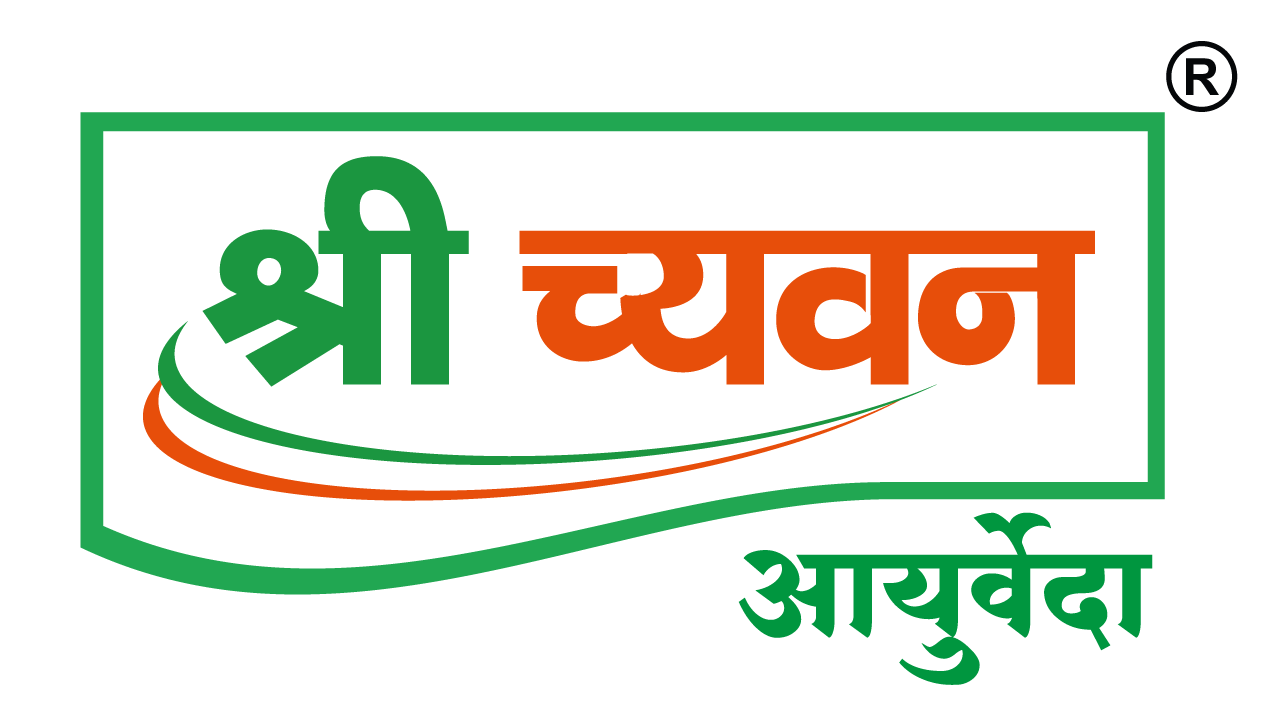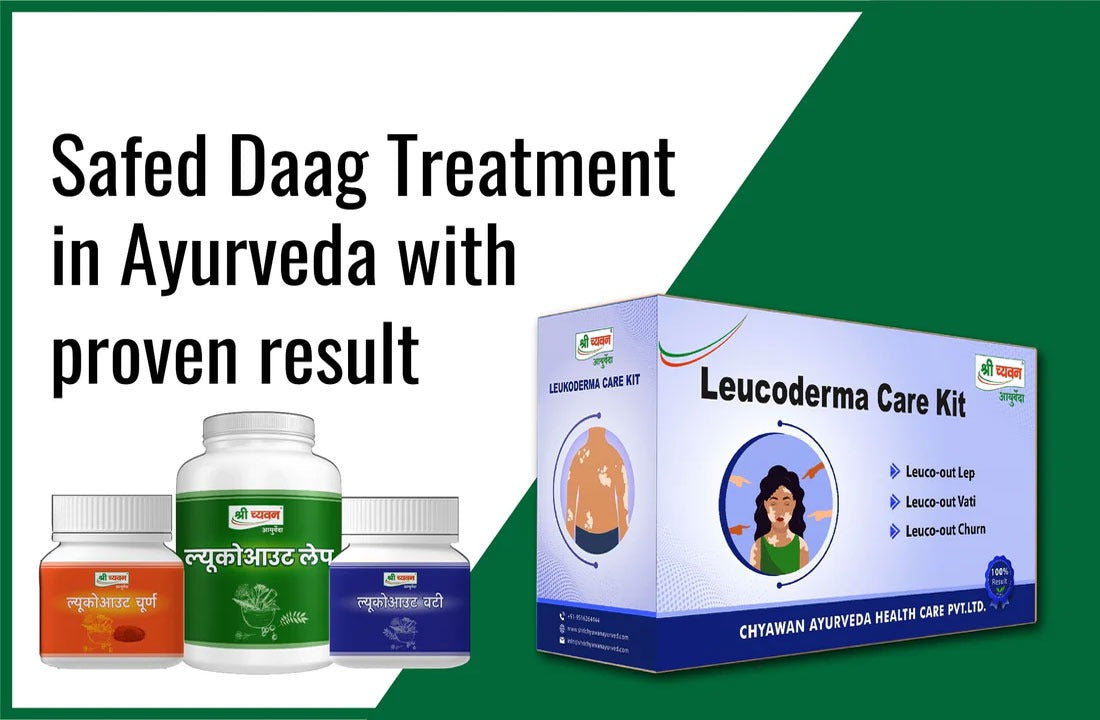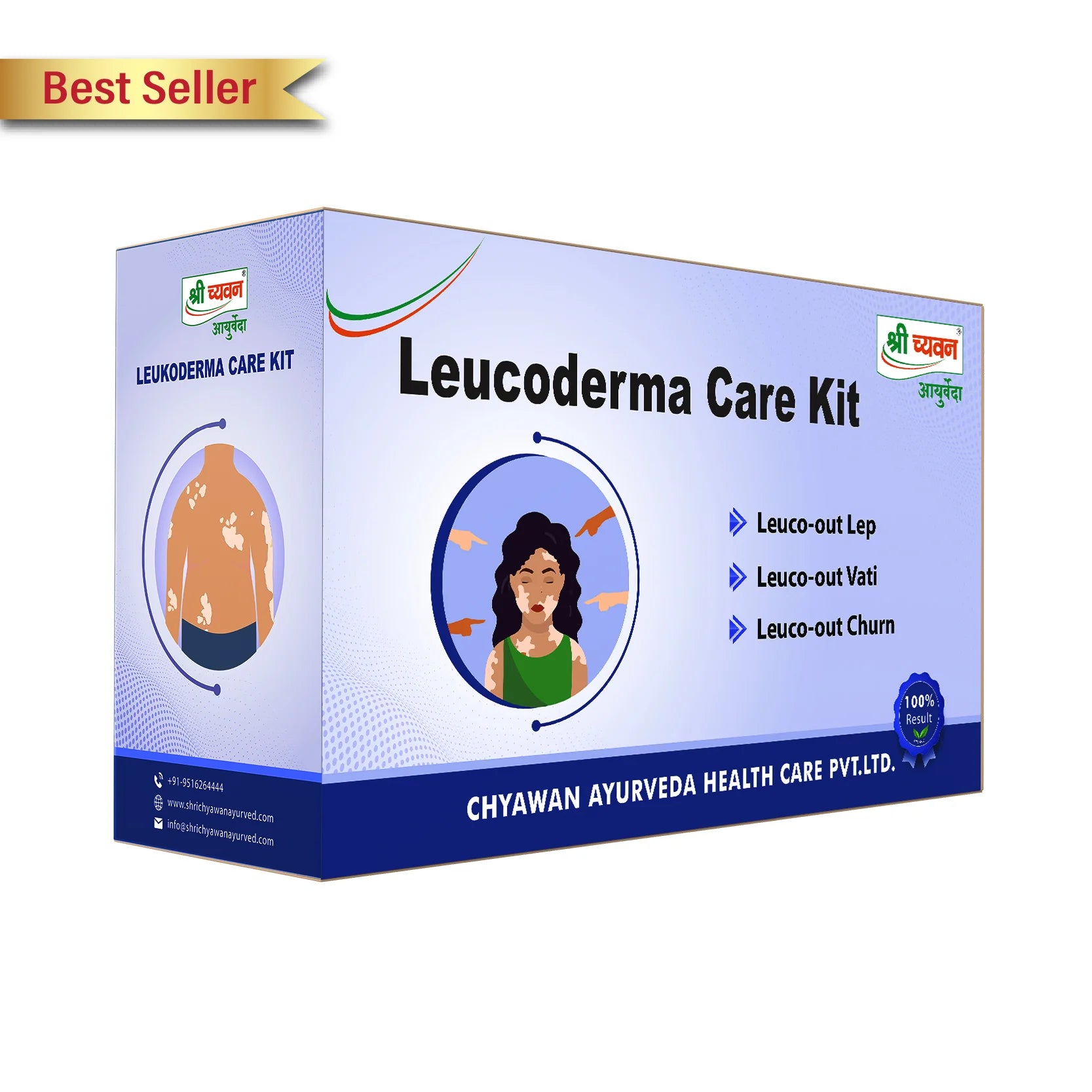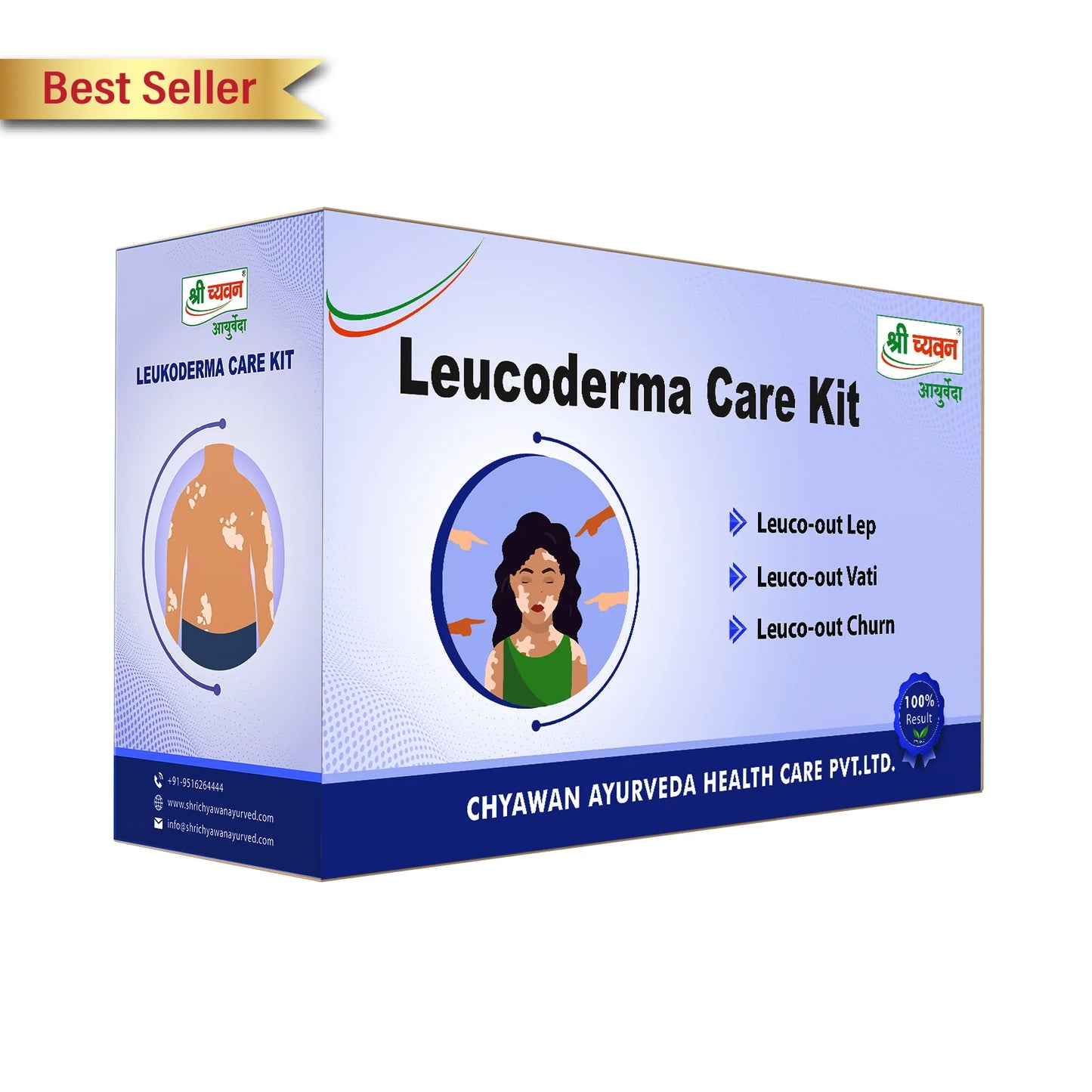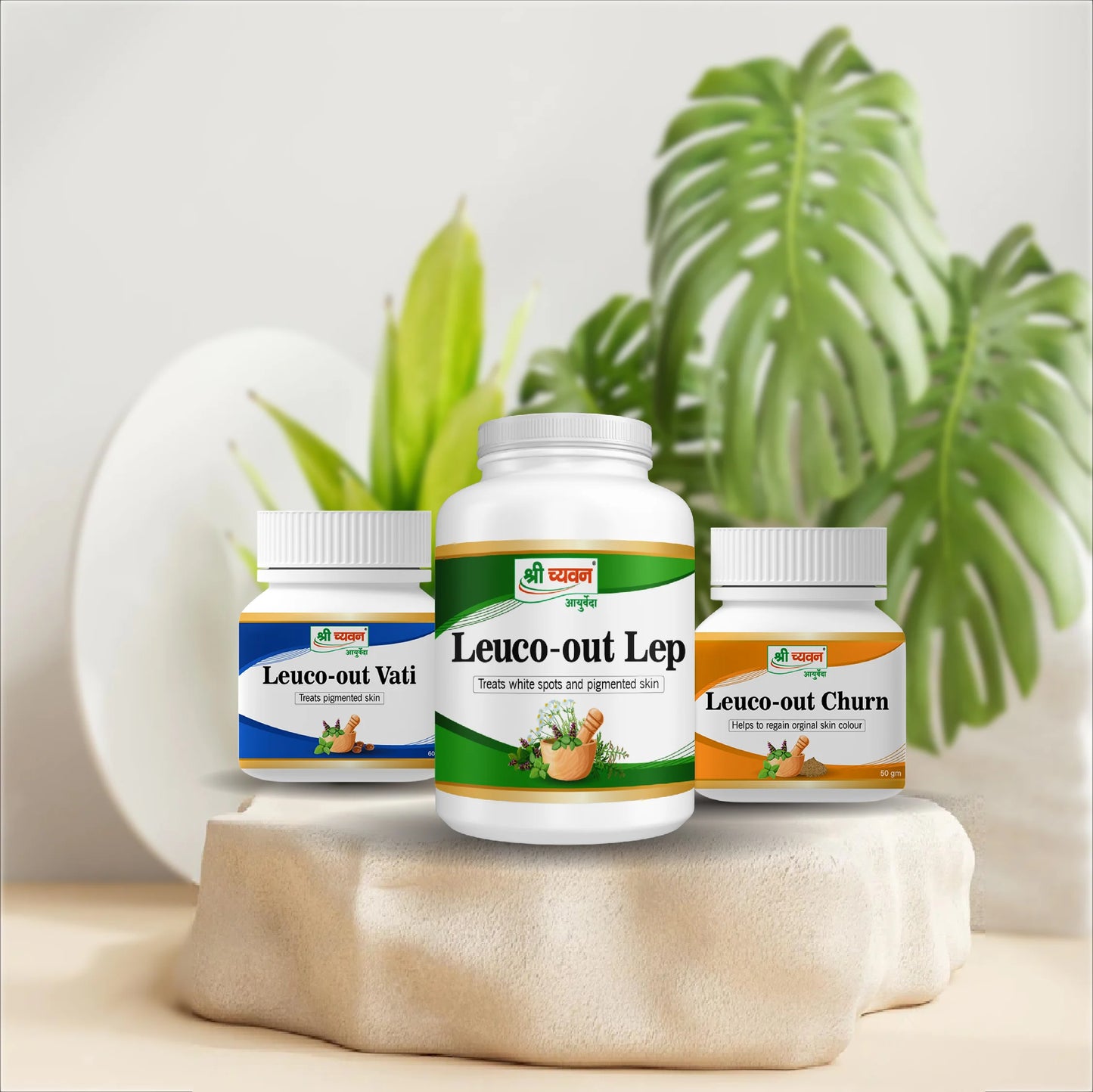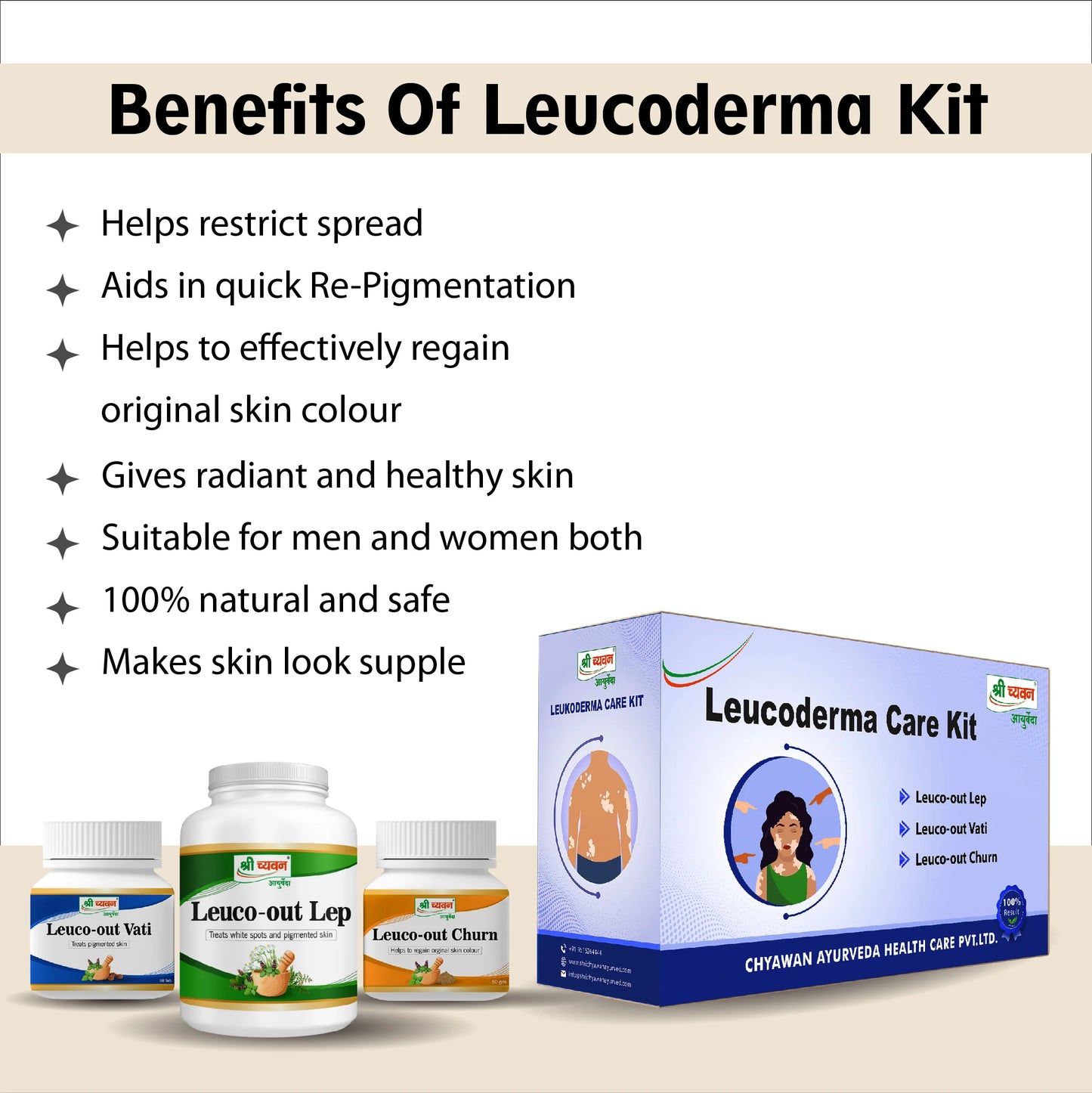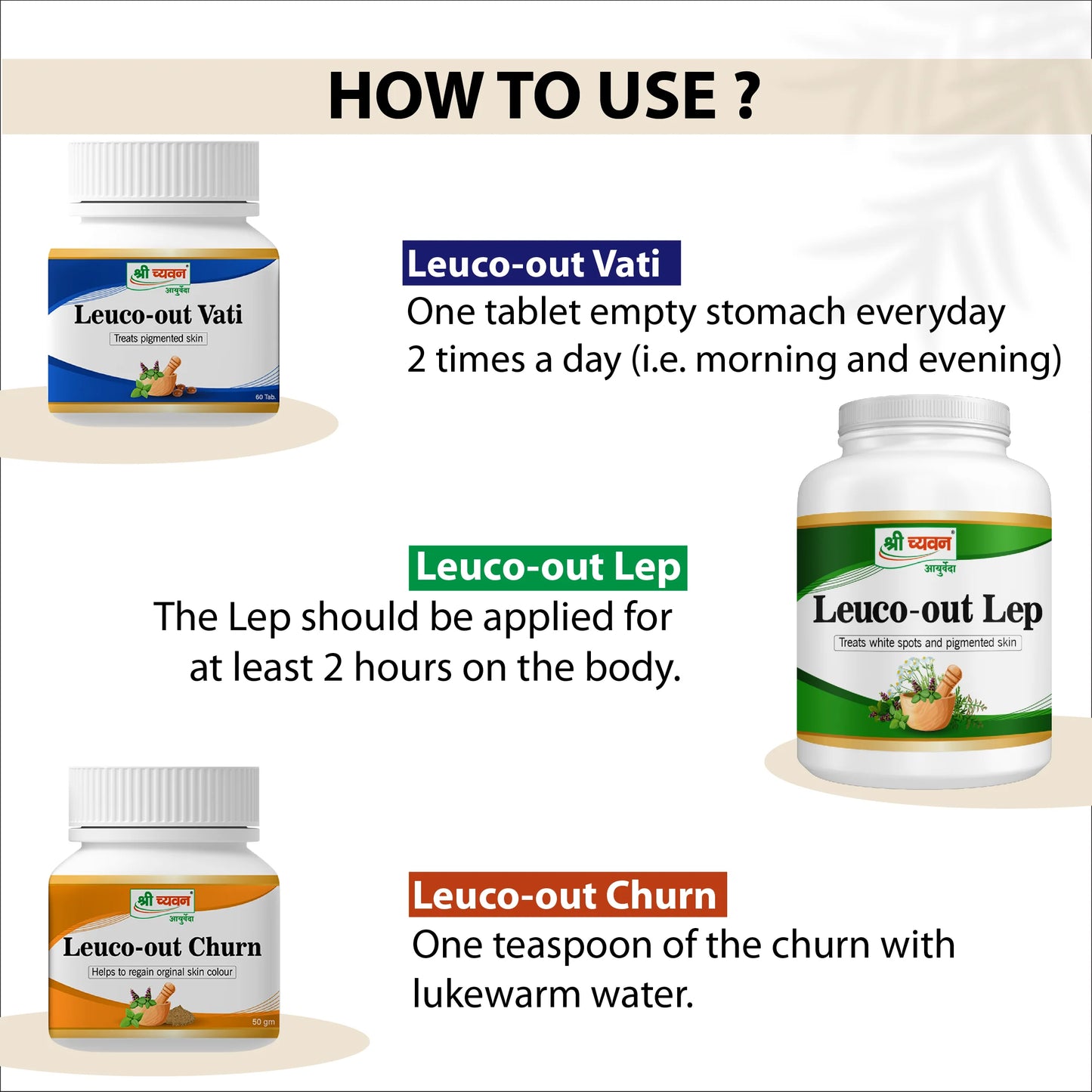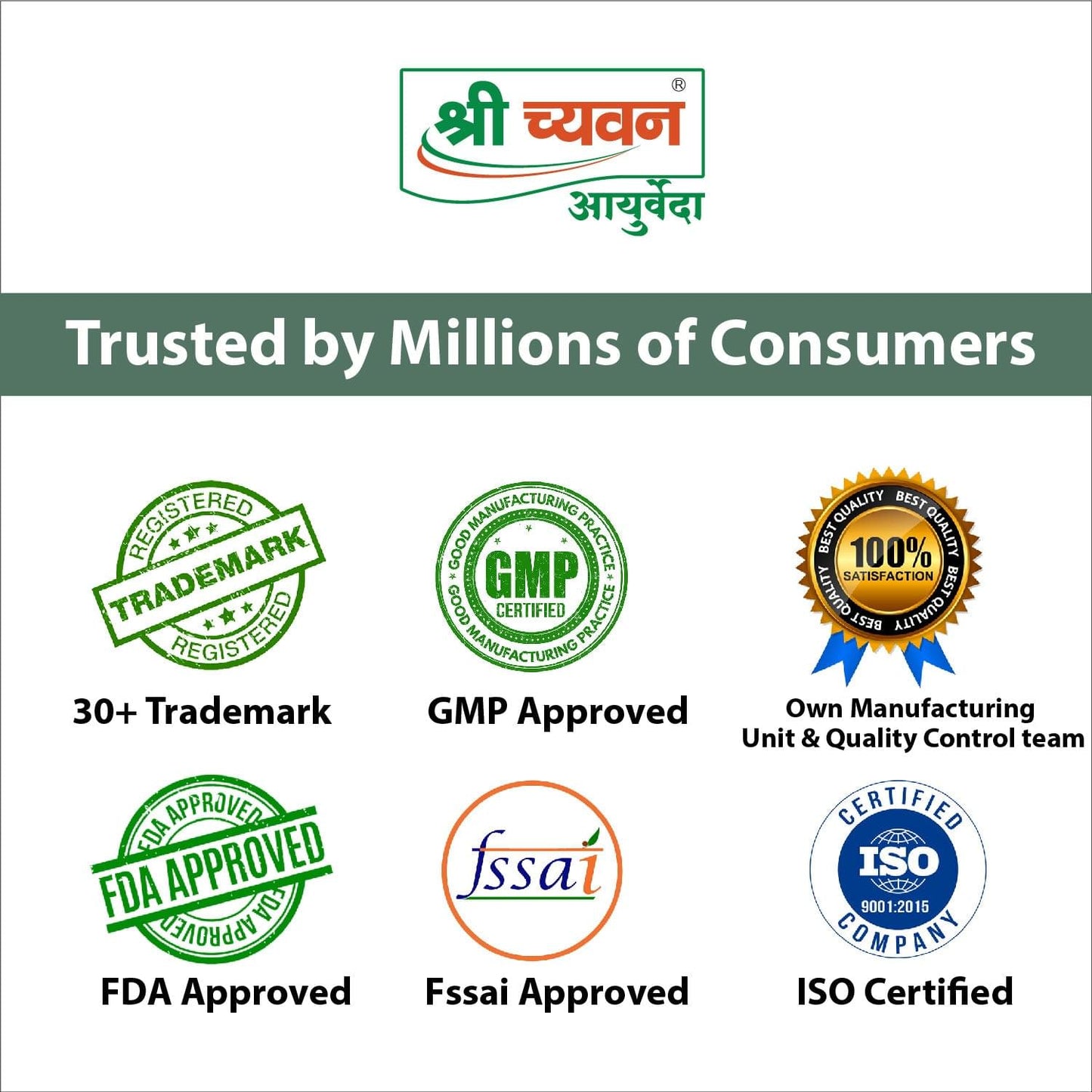Leucoderma/Safed Daag, known as "Switra" in Ayurveda, is a dermatological disorder characterized by the appearance of white patches on the skin due to the loss of melanin pigment. According to Ayurvedic principles, Switra is primarily caused by an imbalance in the "Pitta" and "Vata" doshas, which govern the body's metabolic and physiological functions. This imbalance disrupts the proper functioning of "Rakta" (blood) and "Mamsa" (muscle) tissues, leading to the loss of color in the affected areas. Ayurveda offers a dedicated ‘Leucoderma treatment’ solely by focusing on the root-cause and healing from within.
Can Ayurveda cure Leucoderma permanently?
It is necessary to address this problem at an early stage, if it progresses without check the results may be permanent and irreversible. Ayurveda offers a permanent and natural white spots on skin treatment, that can stop the spread of this disease and reverse its effect without any side effects.
Leucoderma Care Kit by Shri Chyawan Ayurveda:
Shri Chyawan Ayurveda have carefully formulated a Leucoderma Care Kit to completely cure Leucoderma, white patches, skin discoloration, pigmentation, itching, inflammation, rashes and redness. They have cured thousands of customers till now and have given 100% results. It is the best ayurvedic treatment for Vitiligo/Leucoderma available currently.
Is our Leucoderma Care Kit Lab tested and safe?
Our Leucoderma Care Kit is approved by a division of Quality Group of Laboratory, approved by the Government of India. Hence, it is completely safe to use and result driven.
What is in the Shri Chyawan Leucoderma Care Kit?
The Shri Chyawan Leucoderma kit contains three types of medicine:
- Leuco-out Lep
- Leuco-out Vati
- Leuco-out Churn
Products Benefits:
Leuco-out Lep: Shri Chyawan Ayurveda's Leuco-out lep helps to recover the skin cell and remove all the dead cells.
Leuco-out Vati: Shri Chyawan Ayurveda's Leuco-out vati is a tablet that helps to boost immunity and reduce the dead cell. It’s also helps in all skin related disease.
Leuco-out Churn: Shri Chyawan Ayurveda's Leuco-out churn helps in the detoxification of the body and remove harmful toxins.
Product Ingredients:
- The main Ingredients in Leuco-out Lep are Bakuchi, Boileem, Ark, Chharota Seed, Dhatura, Giloy, Gold Ash, Swarn Jata, Aloe Vera.
- The main ingredients in Leuco-out Vati are Amla, Giloy, Aloe vera, Kiwi, Daru Haldi, Swarn Jata, Bhasm, Ark, Jangali bel etc.
- The main ingredients in Leuco-out Churn are Bakuchi, Daru Haldi, Nagar Motha, Arjun Chhal, Tulsi, Swarn Bhasm etc.
How To Use:
Leuco-out Vati – One tablet empty stomach twice a day i.e., morning and evening as directed by the physician.
Leuco-out Churn – One teaspoon of the churn with lukewarm water.
Leuco-out Lep – The Lep should be applied for at least 2 hours on the body.
Note - Do not use Leucoderma Care Kit if Diabetic or Pregnant.
Ayurvedic experts classify Switra into different types based on dosha dominance and symptomatology. They include "Vataj," "Pittaj," "Kaphaj," and "Sannipataj" types, each requiring a tailored approach to treatment.
Disorders like Switra (Leukoderma) are also categorized based on the dominance of these doshas. Let's delve into each type and their respective treatment approaches:
- Vataj Switra: Vata dosha is responsible for movement, including the functioning of the nervous system. In Vataj Switra, the vitiation of Vata dosha leads to the appearance of white patches on the skin. This type of Switra is often associated with dryness, roughness, and scaling of the skin.
Treatment Approach: The primary goal is to pacify the aggravated Vata dosha and restore moisture to the skin. This involves using oils, herbs, and therapies that provide nourishment and hydration. Herbal oils, like sesame oil, are used for abhyanga (oil massage). Internal administration of ghee (clarified butter) is recommended to balance Vata. Warm and nourishing foods, along with adequate hydration, are important. Meditation and relaxation techniques are also suggested to calm the nervous system.
- Pittaj Switra: Pitta dosha governs metabolic processes and transformation in the body. Pittaj Switra occurs when there is an excess of Pitta dosha, leading to inflammation and heat-related symptoms in the affected areas. These patches might be red or pink in color.
Treatment Approach: The focus is on reducing the excess Pitta dosha. Cooling herbs and therapies are employed. Local application of cooling and soothing herbal pastes is common. Herbs like Neem (Azadirachta indica) and Chandana (sandalwood) are used to alleviate inflammation. Dietary adjustments include avoiding spicy, sour, and pungent foods. A diet rich in bitter and astringent tastes helps balance Pitta. Cool, soothing teas like rose petal or chamomile are recommended.
- Kaphaj Switra: Kapha dosha is responsible for stability and lubrication in the body. In Kaphaj Switra, there is an excess of Kapha dosha, leading to the formation of white patches that might be slightly raised and moist. This type is often associated with itching.
Treatment Approach: The aim is to balance Kapha dosha by employing therapies that promote warmth, stimulate circulation, and remove excess moisture. Dry herbal powders, like Triphala, may be used for massage. Exfoliating and cleansing therapies help remove excess Kapha. The diet should be light and easy to digest, with a focus on pungent, bitter, and astringent tastes. Warm and stimulating herbs are beneficial, such as ginger and black pepper.
- Sannipataj Switra: Sannipataj Switra is a type where all three doshas – Vata, Pitta, and Kapha – are imbalanced and contribute to the condition. This type can present with a variety of symptoms and can be more complex to manage.
Treatment Approach: Due to the combination of dosha imbalances, treatment must address all three doshas simultaneously. This often involves a combination of therapies, herbs, and lifestyle modifications that pacify Vata, Pitta, and Kapha. A skilled Ayurvedic practitioner tailors the treatment plan based on the specific imbalances and presentation of symptoms.
In all these types of Switra, the individual's constitution (Prakriti), current state of dosha balance (Vikriti), age, and other factors are considered to create a personalized treatment approach. Ayurveda emphasizes a holistic approach that not only addresses the physical symptoms but also considers mental and emotional well-being.
Safed Daag Treatment aims to correct the dosha imbalance and stimulate the body's natural healing processes. Therapies often include:
- Panchakarma: This detoxification process helps eliminate accumulated toxins and restore balance. Treatments like Virechana (purgation) and Raktamokshana (bloodletting) are used to cleanse the body.
- Herbal Formulations: Ayurvedic herbs like Bakuchi (Psoralea corylifolia), Haridra (turmeric), Amalaki (Indian gooseberry), and Khadira (Acacia catechu) are commonly used to promote pigmentation and regulate doshas.
-
Diet and Lifestyle: A balanced diet that avoids excessive spicy, sour, and salty foods is recommended. Stress management techniques, such as meditation and yoga, are encouraged to keep doshas in check.
- External Therapies: Herbal oils and pastes are applied topically to stimulate melanin production and improve skin health. Sun exposure is also considered beneficial for melanin production in affected areas.
- Rasayana Therapy: These are rejuvenation therapies that help strengthen the body's tissues and boost immunity. Herbs like Ashwagandha (Withania somnifera) and Shatavari (Asparagus racemosus) are commonly used.
- Ayurvedic Leech Therapy: Raktamokshana using leeches is believed to help purify the blood and remove toxins.
Individualized treatment plans are created based on the patient's constitution, dosha imbalance, and severity of the condition. Ayurvedic treatments take a holistic approach, aiming not only to address the physical symptoms but also to restore overall well-being.
